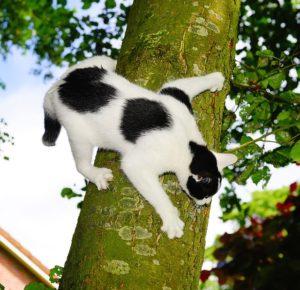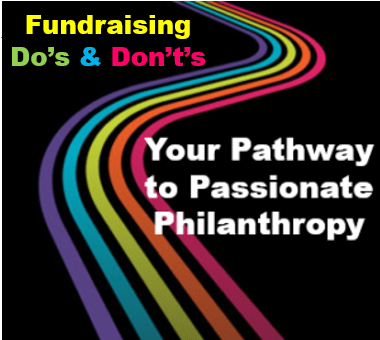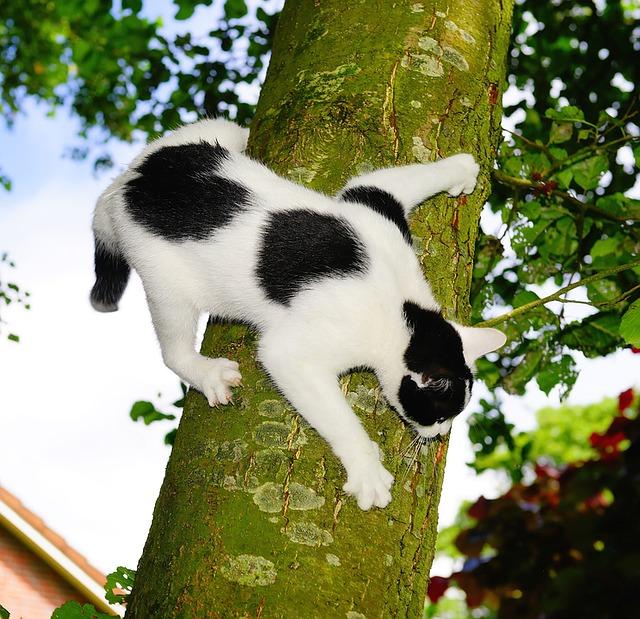I happened recently on an article in the New York Times where the author, David Pogue, asked readers for their very best ‘life advice.’ I enjoyed it so much, I want to share some of my favorite pieces of wisdom with you. And, of course, I’ll suggest how this might apply to your nonprofit work and work/life balance.
Let’s begin!
Are you over-worrying about a cat stuck in a tree?
 Not every problem needs to be addressed immediately. Some will work themselves out.
Not every problem needs to be addressed immediately. Some will work themselves out.
“You’ve never seen a cat skeleton in a tree, have you?” When Alexandra Aulisi’s cat couldn’t get down from a tree, her grandmother reassured her with those words, predicting (correctly) that the cat would come down on his own. “This advice made me realize that, sometimes, you need to shift your perception of a problem to see a solution,” Ms. Aulisi noted.
— David Pogue, NYT
While it’s tempting to drop everything (e.g., whenever a new email appears in your inbox, especially if it’s someone asking for help), it’s important to assess if this situation actually requires a rapid response. If not, you have options.
ADVICE/OPTIONS:
1. Lil’ Bo Peep: “Leave it alone and it will come home.”
Ever been on vacation and noticed a flurry of emails, back and forth, forth and back, from members on your team? Often by the time you’ve returned the ‘problem’ – as urgent as it may have seemed at the time based on all the email hyperbole – seems to have evaporated. I’m not suggesting you ignore legitimate, pressing problems; just use common sense and exercise judicious restraint, as appropriate.
2. Could someone else handle this?
I’ll never forget some excellent advice I received (actually from one of the donors I worked with during the years I was a young parent). While I was stressing about potty training, she told me: “Have you ever seen anyone at college who still wears diapers? If you don’t potty train your son now, never fear. His college girlfriend will!” It was silly, yet made a whole lot of sense. I didn’t need to oversee and micro-manage every little thing. Sometimes things happen on their own time frame. This was a reminder that patience can be a virtue.
Are you having trouble getting started?
Details
 Wondering where fundraising is heading in our highly networked, overly saturated, noisy-as-all-get-out post-digital revolution world?
Wondering where fundraising is heading in our highly networked, overly saturated, noisy-as-all-get-out post-digital revolution world?




 You love your current donors, right?
You love your current donors, right?



 Not every problem needs to be addressed immediately. Some will work themselves out.
Not every problem needs to be addressed immediately. Some will work themselves out.
 Remember the children’s ditty
Remember the children’s ditty 